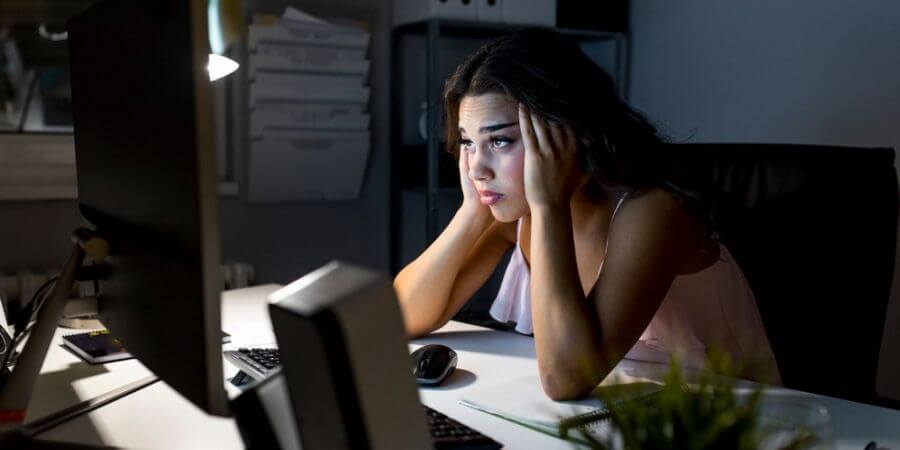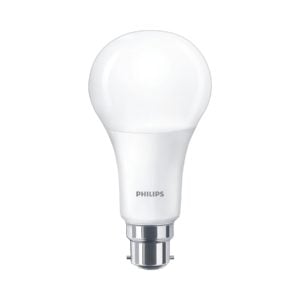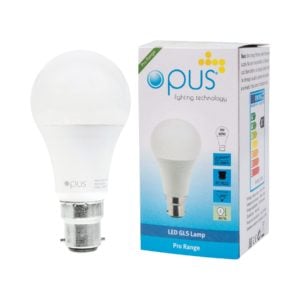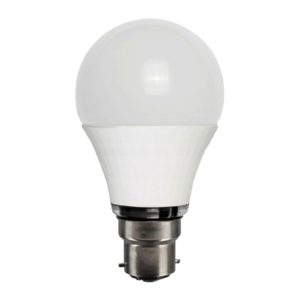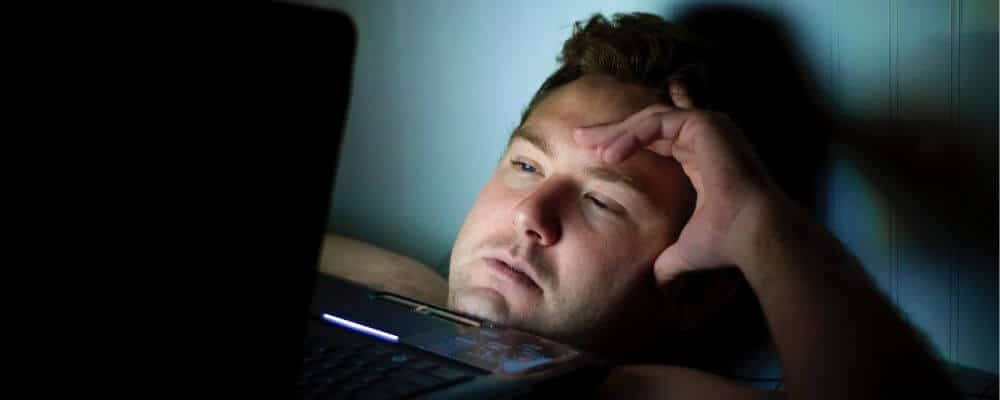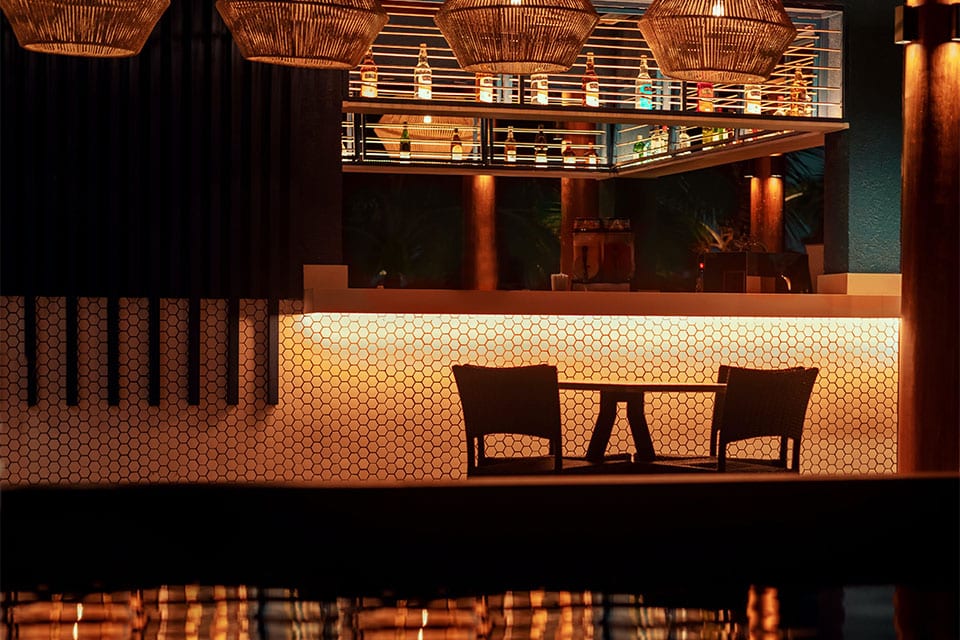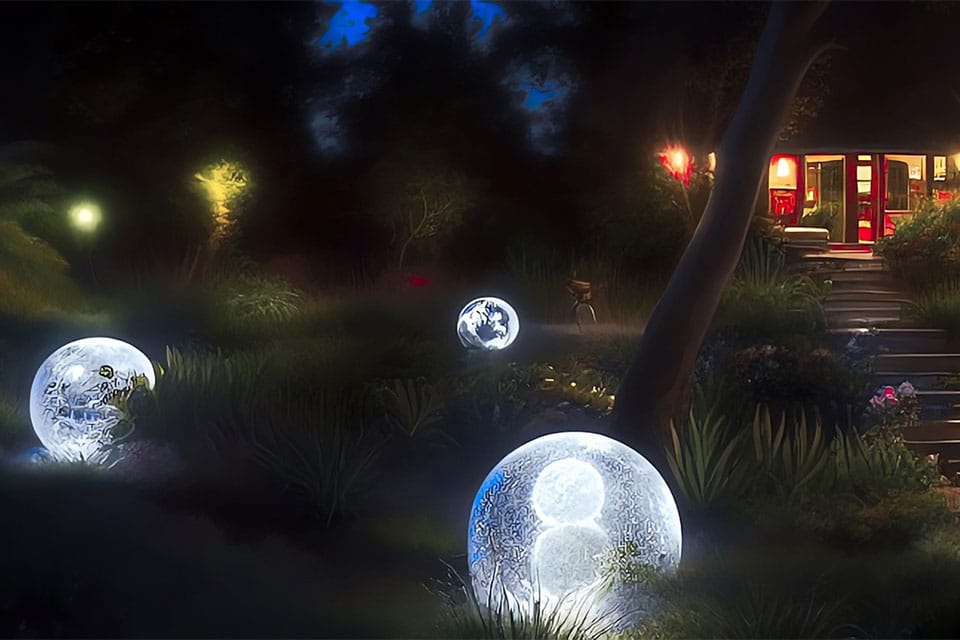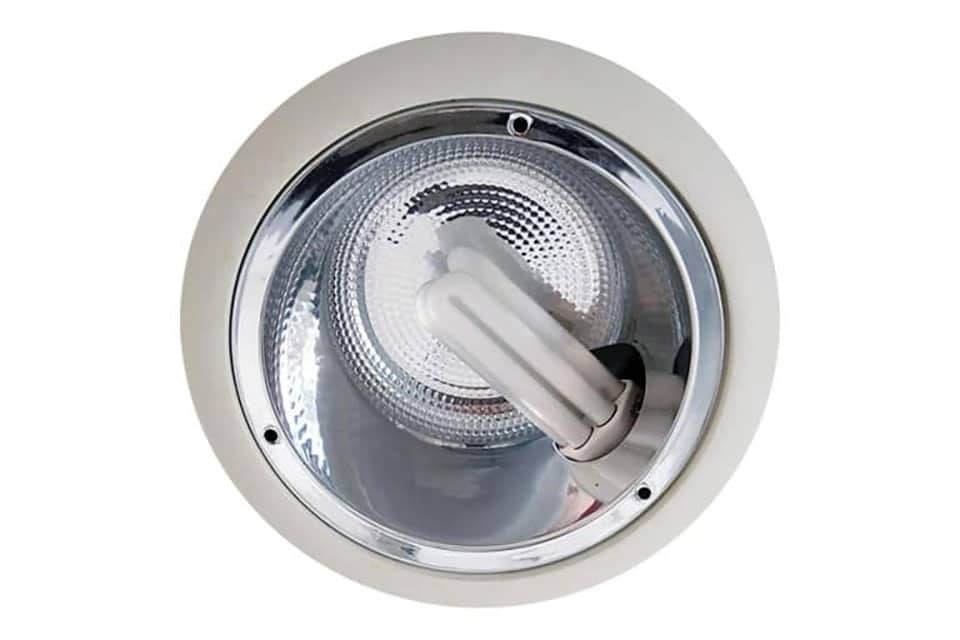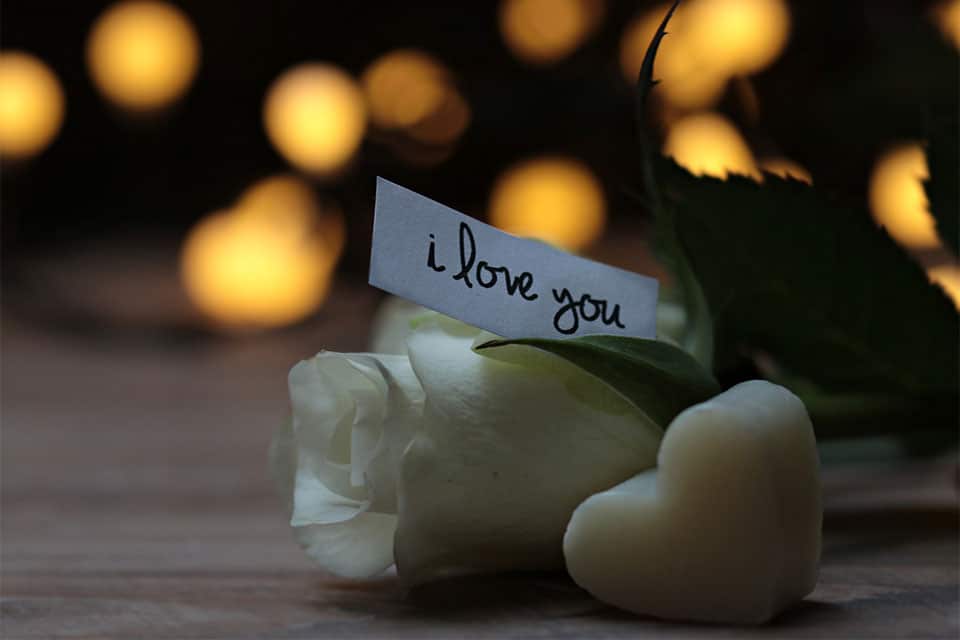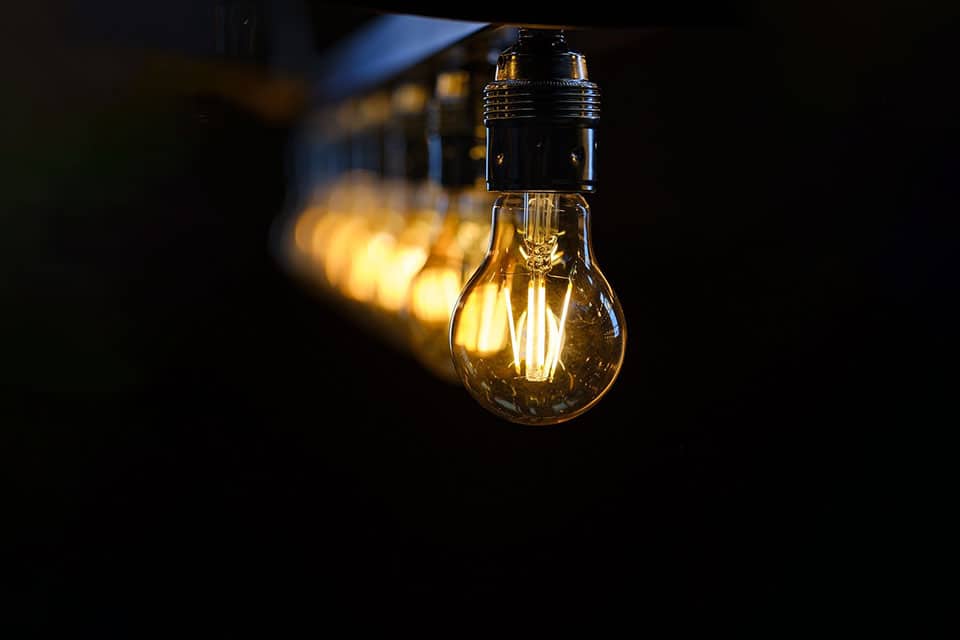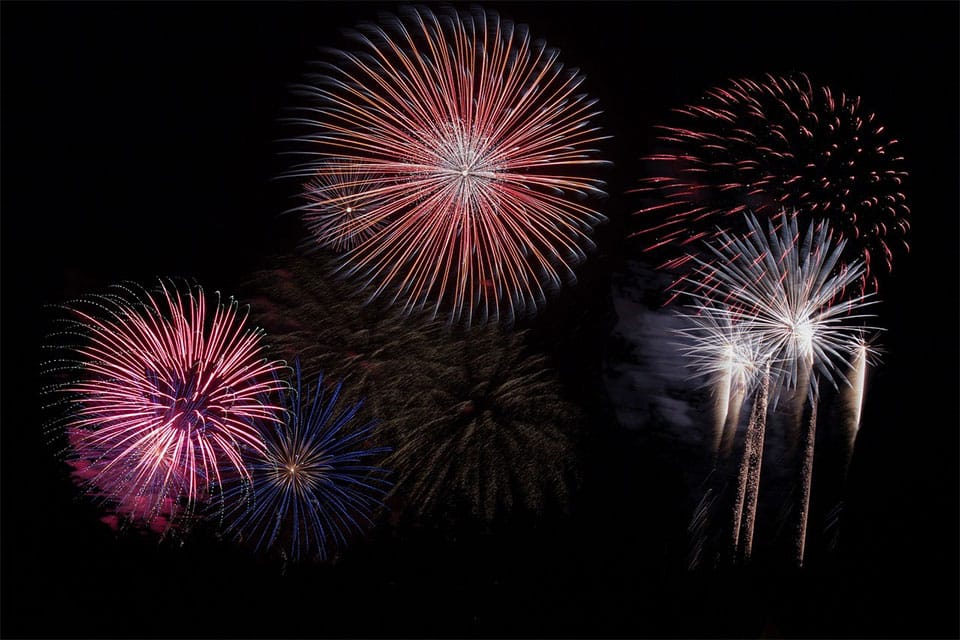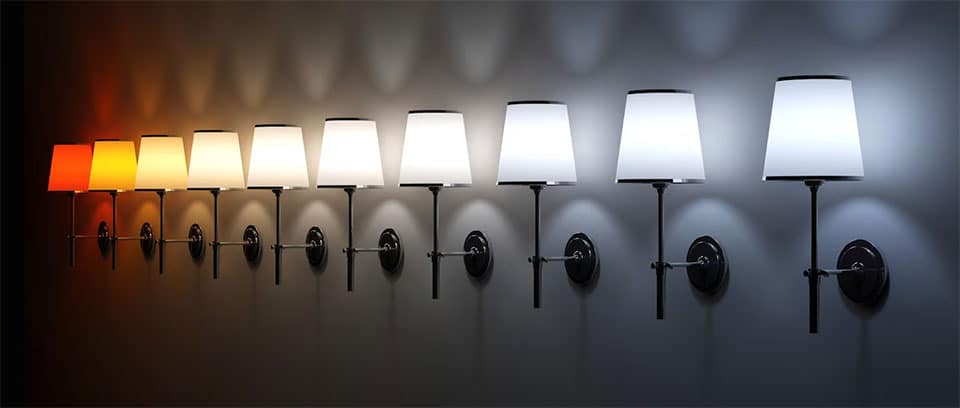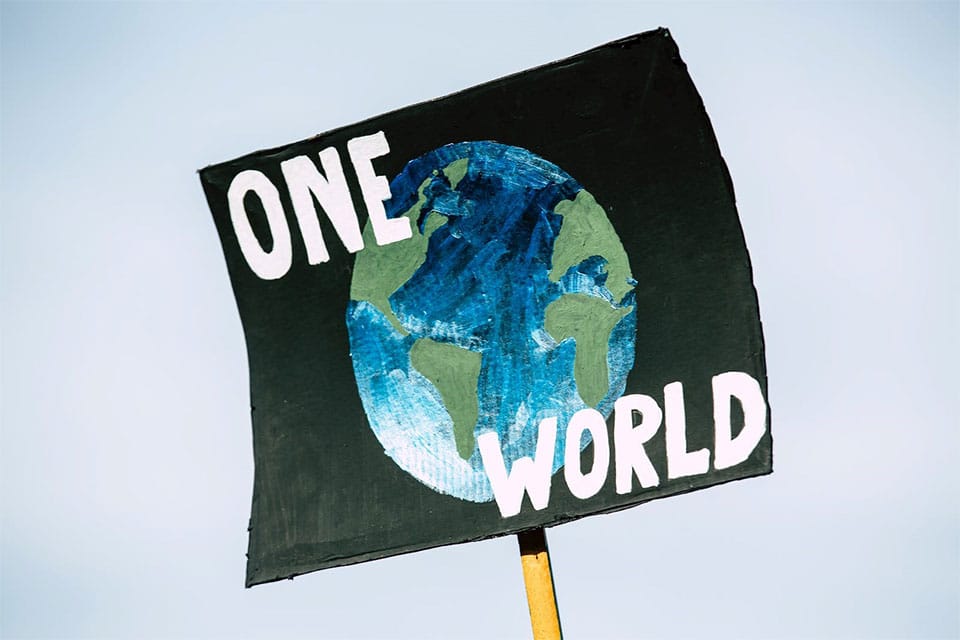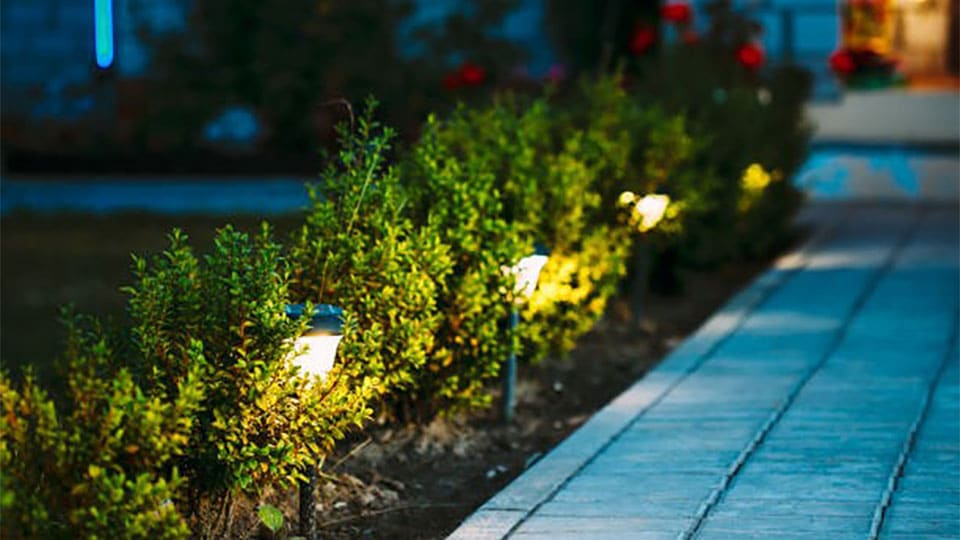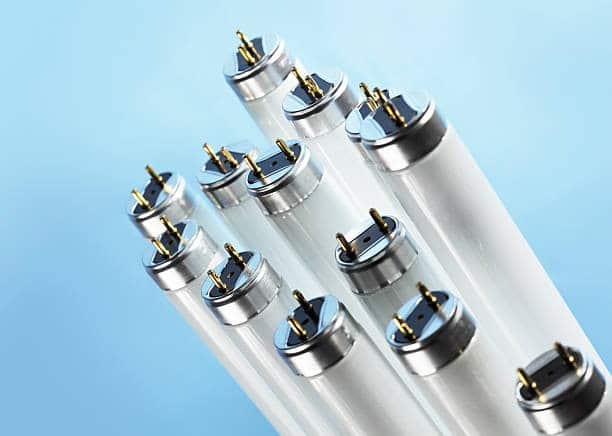LEDs have been on the forefront of lighting technology for some time now. As with all hot new products, there is bound to be some questions about how good they really are, their unexpected downsides, and eventually, negative press. While LEDs are more often than not praised for their energy efficiency, lately there has been some buzz about their reported drawbacks, such as:
- Headaches and other physical symptoms
- Toxicity of materials
- Eyestrain or damage
- Impact on sleep cycles
- Impact on nature
In this post, we’ll take a look at whether these claims have any credibility, whether or not LEDs actually are dangerous, and what can be done to mitigate any dangers LEDs might pose.
1. Headaches and other physical symptoms
“Dirty electricity” is an unscientific term used to refer to sources of electricity that produce high frequency whining or buzzing noises or flickering. Those who are more likely to be affected by the side-effects of this so-called dirty electricity are typically people with electrical sensitivity (ES) or electromagnetic hypersensitivity (EHS). They may experience symptoms such as:
- Headaches
- Heart arrhythmia
- Increased risk of chronic illness
- Other nonspecific and differing individual symptoms
EHS is recognized by the World Health Organization, but they also state that “[t]o date, scientific evidence does not support a link between these symptoms and exposure to electromagnetic fields. At least some of these health problems may be caused by noise or other factors in the environment, or by anxiety related to the presence of new technologies.”
While the validity of dirty electricity may be up for debate, some people do report experiencing headaches under LED lighting. One possible source of headaches caused by LEDs is indeed light bulb flickering. Like CFLs, LEDs are capable of flickering at a variety of speeds both visible and invisible to the human eye. Whether or not they do and how quickly depends on their internal components, the type of fixture they’re installed in, and whether they are dimmable or using an appropriate dimmer switch.
The good news is that standards have been put in place to keep LED flickering within an acceptable, less-impactful range. The other good news is that more often than not, flickering can easily be remedied by replacing or upgrading the bulb, fixture, or dimmer switch. Brand name LEDs, for example, are more likely to contain high quality components and circuits, and are less likely to flicker as a result.
PRO TIP: According to The Conversation, you can tell if a light bulb is flickering by turning on the lamp and spinning a fidget spinner in front of it: “If the spinner appears to rotate in a direction opposite to the direction of spin… then the lamp is flickering, whether you are aware of the flicker or not.”Another source of headaches from LED lighting is glare. Because LEDs are highly directional and can be much brighter than other light bulbs, they can produce more glare than your old bulbs if you don’t make any adjustments to your setup
Solution:
- Select LED-compatible dimmers and dimmable bulbs with high quality components and circuits that are less likely to flicker.
- Select light bulbs with the right beam angle and position fixtures and lampshades to limit glare.
- Select non-glossy paints and matte finishes in your home decor choices to help cut down on unnecessary glare.
2. Toxicity of the materials
As you may or may not be aware, fluorescent and compact fluorescent (CFL) light bulbs contain small amounts of mercury. This is why they can’t simply be tossed in the bin after they burn out or get broken. They have to be disposed of safely to prevent contaminating the environment or harming people.
Like CFLs, LEDs in their current form have internal components made up of dangerous substances such as arsenic and lead. However, unlike CFLs, LED light bulbs are not considered toxic. Because they contain such low levels of these substances, under current regulations, they can be disposed of safely with the rest of your household rubbish.
While it is rare that the typical light bulb user would be exposed to these chemicals, and unlikely that breaking one and cleaning it up would cause you much harm, it is recommended by researchers at the University of California that you take precautions like putting on gloves and a mask when tidying up any shattered or damaged bulbs.
Solution:
- Take precautions, such as wearing rubber gloves, mask, and safety goggles, when cleaning up broken LEDs.
- Avoid disassembling LED bulbs in small, unventilated rooms.
3. Eyestrain or damage
With concerns about screen time increasing and the growing question of whether blue light from LED screens causes retinal damage, LED light bulbs have come under scrutiny for the level of blue light they give off, as well as the level of glare and discomfort people feel when LEDs are used as a luminaire. So the question is, are they dangerous?
Research is still ongoing, but prolonged or excessive exposure to high-energy visible (HEV) blue light, especially for those under the age of 30, may eventually result in:
- Cataracts
- Age-related macular degeneration (AMD)
- Eyestrain
While there are indications blue light may cause us some amount of harm if we aren’t careful, especially if we are predisposed to such conditions, it’s important to remember that we are already exposed to it naturally every day by the sun and that it’s actually necessary for our health—blue light helps maintain our circadian rhythms, and it “boosts alertness, helps memory and cognitive function and elevates mood” (Heiting, 2017).
It’s also important to note that while there are types of LED light bulbs that do emit blue light, it is mainly LED screens, like your mobile phone—which we spend a significant amount of time staring directly at—that are the main concern.
Solution:
- Select light bulbs from reputable retailers and manufacturers with well-established safety practices.
- Don’t look directly into the light emitting diodes up close for periods longer than 1 minute.
- Make use of lampshades and diffusers, especially for brighter bulbs.
4. Impact on sleep cycles
Blue light has an impact on our ability to stay awake during the day and fall asleep at night, namely by suppressing the production of melatonin—a chemical that helps us sleep—during typical waking hours. In most cases, this is a good thing. The blue light from the sun helps us maintain our circadian rhythms, making us feel awake and productive during daylight hours, and more tired in the evening and at night when it is time for bed.
However, it becomes a problem when we introduce artificial sources of blue light at the wrong time of day. Blue light before bedtime or when we should be sleeping harms our ability to fall and stay asleep.
Solution:
- Save cool white, bright white, or daylight coloured bulbs for task-oriented areas of your home and spaces you work in during the morning and afternoon.
- Use warm white or very warm white lighting in your bedroom and areas of your home where you unwind after work.
- Install dimmer switches so you have control over the brightness of the light, and can adjust it to suit your tasks or activities, as well as the time of day.
- Make use of human-centric lighting options, which are becoming increasingly popular in both business and residential settings, and strive to work with the natural circadian rhythms of humans. Invest in bulbs with colour-shifting capabilities so you can enjoy the benefits of both cool and warm lighting at the appropriate times.
5. Impact on nature
There is more and more evidence that bright, blue lights have an impact on both plants and animals. It’s not surprising—like us, they rely on blue light and darkness to regulate their circadian rhythms. The absence of artificial light is also necessary for some species—nocturnal or otherwise—to migrate safely, hunt, and grow.
By making the switch to LEDs, we are making great strides towards more energy efficient and greener electricity options, but we still need to consider the other impacts of our lighting choices.
Thankfully, when selecting outdoor lighting that will be on at night, there are a few things you can do to limit your impact, including selecting dimmer lights with a warm correlated colour temperature (CCT), only having them on when absolutely necessary, and ensuring lamps are pointing downward and properly shielded so that the light isn’t causing light pollution.
Solution:
- Consider whether you really need to light this area and whether or not it needs to be on all the time. If not, you could install motion-detecting lamps or wi-fi compatible options that turn on and off at scheduled times.
- Select very warm white, warm white, or specially labelled insect-repelling yellow lights.
- Only make outdoor lighting as bright as it needs to be. Excessively bright lighting actually creates harsh pockets of light and shadows, making it harder to see anything outside of the lit area. Choose light bulbs with a lower lumen level for more even lighting.
- Avoid cool white lighting, which replicates the effects of daylight and confuses nocturnal animals. Scientists are currently researching which other colours of light could be used that would limit our impact on other wildlife.
- Reduce light pollution and skyglow by ensuring your lights are directed downward and properly shielded.
Conclusion
LEDs boast undeniable benefits on several fronts, including from an energy efficiency standpoint, but like most modern technology, they do have their drawbacks:
- Headaches and other physical symptoms
- Toxicity of the materials
- Eyestrain or damage
- Impact on our sleep cycles
- Impact on nature
Some of these drawbacks, such as the toxicity of the materials and impact on nature, are documented and scientifically recognized, while others—headaches, for example—remain unconfirmed.
So what can we do to limit the “dangers” of LED lights? All we have to do is be conscious of how we are using LED bulbs, and do our part to limit their impact on the world around us and ourselves.






















































































